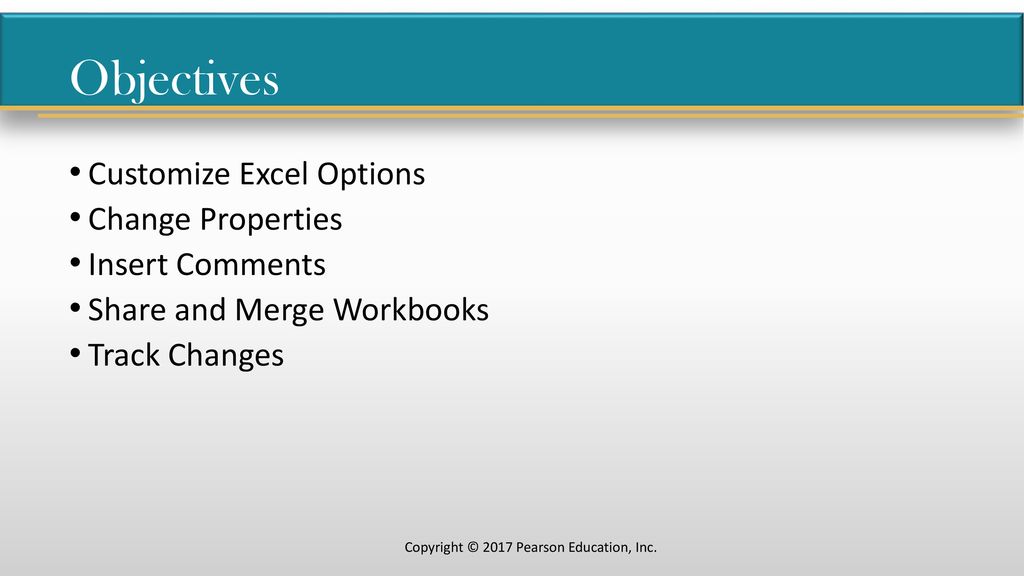


In the Folder dialog box, enter the file path of the folder that has the files, or click on Browse and locate the folder.Hover your cursor on ‘From File’ and click on ‘From Folder’.In the Get & Transform group, click on the New Query drop down.Here are the steps to combine the data from these workbooks into a single workbook (as a single table). Now I have four workbooks in a folder that I want to combine.īelow is a snapshot of the table I have in one of the workbooks.

For example, if the template/key table that you select has 5 columns, and one of the tables in some other workbook has 2 additional columns, those additional columns would be ignored. In case there are additional columns in other tables, those will be ignored and only the ones specified in the template/key would be combined. You can choose one of the Tables as the template (or as the ‘key’ as Power Query calls it), and Power Query would use it to combine all the other Excel Tables with it.

The number of rows in each table can vary.ĭon’t worry if some of the Excel Tables have additional columns. The below technique would work when your Excel Tables has been structured the same way (same column names).
#Compare and merge workbooks excel 2016 won working how to#
Let’s see how to combine data from these workbooks in each case. This method can also be helpful when you want to combine table/sheets that don’t have a consistent name. Each workbook has many sheets and tables, and you want to combine specific tables/sheets.This can be the case when there is sheet named ‘summary’ or ‘data’ in all the workbooks, and you want to combine all these. Each workbook has the data with the same worksheet name.Each workbook has the data in an Excel Table, and all the table names are same.Now, in this tutorial, I am covering three scenarios where you can combine the data from different workbooks using Power Query: So to begin with, I have four workbooks in a folder (as shown below). If you have these workbooks in different locations/folders, it’s a good idea to move all these into a single folder (or create a copy and put that workbook copy in the same folder). You can combine this data from different workbooks into a single worksheet using Power Query. To merge data in Excel using this method, open your Excel files and, in the target Excel file for merging data, create a new worksheet by pressing the + (plus) button next to the sheet tabs at the bottom of the window.Power Query can be of great help when you want to combine multiple workbooks into one single workbook.įor example, suppose you have the sales data for different regions (East, West, North, and South).You’ll also need to delete any blank data (for instance, empty cells) from your data before you begin. Unfortunately, this process doesn’t work with cells using text-you’ll need to cut and paste this data manually, or create a VBA script in Excel to do it for you.įor this to work, your data will need to be presented in the same way across your sheets with matching header labels. To get around this problem, you can use the Consolidate tool in Excel to merge numerical data together from multiple worksheets into a new, single worksheet. This moves the data, but it doesn’t integrate it particularly well-the data is still kept in separate sheets. Using the methods above, you can move and copy sheets between different Excel spreadsheet files. Using The Consolidate Tool To Merge Data In Excel Together If you have more than one Excel file, you’ll need to repeat these steps to merge them together into a single file.


 0 kommentar(er)
0 kommentar(er)
